Painting Zürich with vintage spring colors with 50 mm Summarit 1.5 on an M9-P
Hi Steve! As a long time visitor from your site I enjoy the practical information and the reviews from other users on your website. In the past I used to visit other sites , but looking back to these sites with all these graphs and technical information this was probably an overkill. At the end of a review you would be dounted with numbers but having little visible information on how serious the issue might be or not for practical use!
Currently I am the lucky owner of an M9-P, I was introduced to it by a working colleague, it is one nice piece of machinery and feeling shooting with it. I had to get used to it, using an EOS more or less only for sports shooting! I am slowly getting the hang of it. What lenses are concerned I own a 35 Summicron, the latest version and two vintage 50 mm lenses. A 50 mm Titanium edition summilux (which looks quite good on a total black M9-P!!) and a 50 mm Summarit 1.5 – which this practical review is about. The pictures in this review are not post processed in anyway – some are a little cropped – but all are directly converted from RAW to JPG using iPhoto – i resized them using LR. With the M9-P I shot DNG and Black and White JPG. The black and whites pictures therefore are straight out of camera. Unless otherwise noted the pictures were taken wide open (between 1.5 and 2.8) unless otherwise noted.
During the past months I have read a reasonable amount of reviews on vintage lenses and the results always amazed me. If you look around on the web on these lenses you read about people who love them and hate them and you read a lot of warnings as well. Until recently al these warning actually held me back acquiring one until just recently I saw this 50 mm Summarit 1.5 on display here in Zürich and after a short “inspection” I couldn’t resist buying it. The glass was clean, there was a little bit of oil on the blades – but I thought what the heck lets get this lens and try it!
Since there might be enough people out there that might have drawbacks as well on getting such a lens I thought of providing you my experiences until now and real world samples so that people with an M/Nex/M4T/Fuji might have some leverage in getting it. The lens can be easily found on eBay within the range of $600 to $1500 – depending on the quality.
The first tests I did was making sure if the focus was alright and it was snap on from the closest distance until 10 mm and infinity. Actually I thought I could focus quicker with this 50 mm summarit as with my 35 mm Summicron – but that might just be a personal preference.
The colors you get from this lens are just as putting a vintage filter on your eyes – they are flatter – even though I think red and blue’s are sometimes a little more pronounced and of course there is this famous Leica Glow on it!
The flat colors can be easily tuned in LR, on the other hand preparing your pictures to look vintage is a completely other story and such a lens does the trick in every shot! Actually if you look at the black and whites straight from the camera – these are lovely!
The Bokeh of this lens is similar to the results you have obtained with your rigid summicron test – a nice swirly bookeh – just as with the rigid summicron. I think this might not be everybody’s cup of tea but it adds character to the pictures and as you can see from the pictures it is not always as pronounced.
I can support the results of older lenses that wide open these lenses are a little soft – but oh man – look at the results I got on this fountain wide open with this lens – simply amazing! If you close it down from up 2.8 upward this lens gets almost as sharp as current lenses!
Lets move on to the pictures – enjoy!

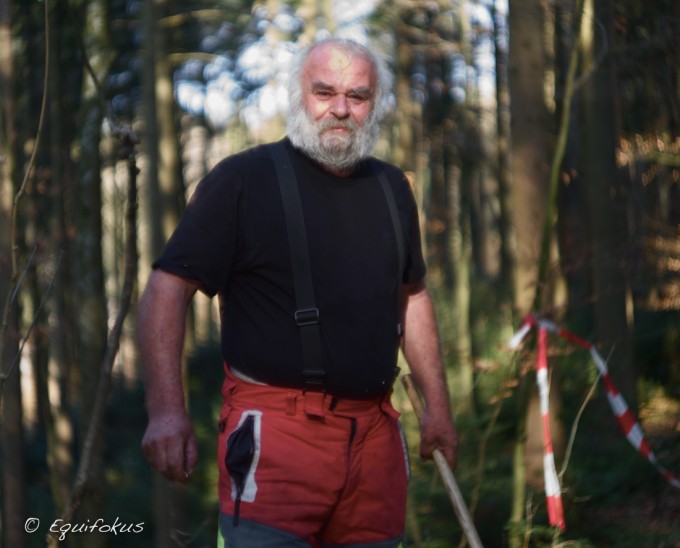
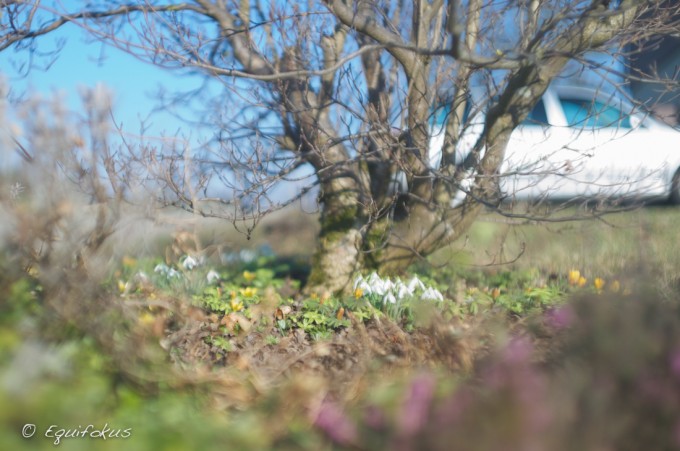
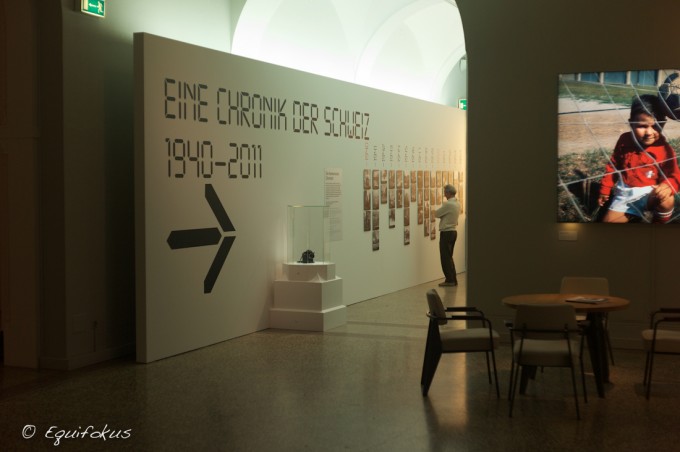
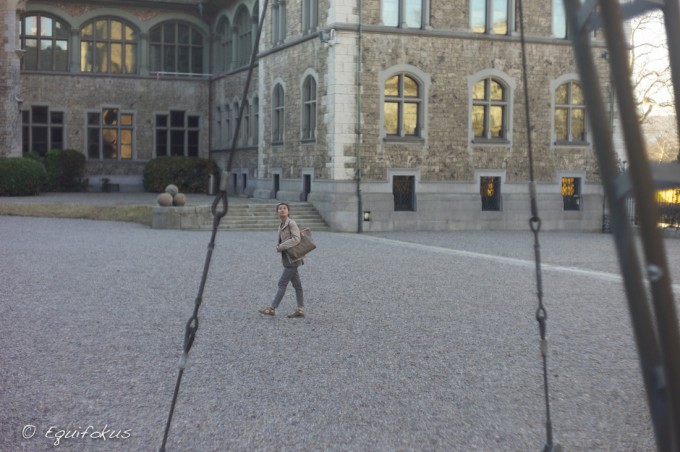
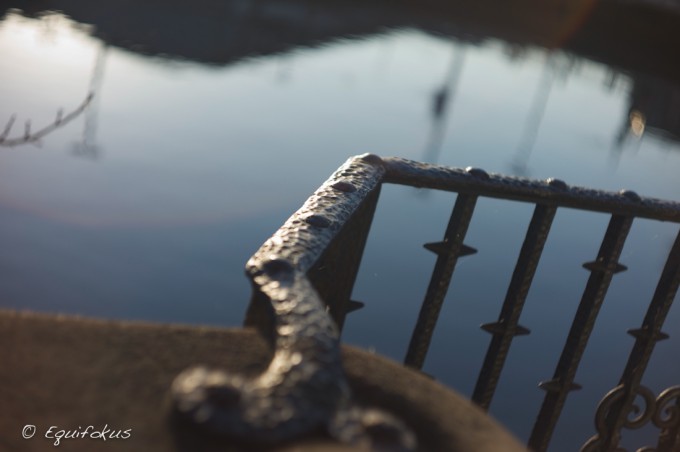


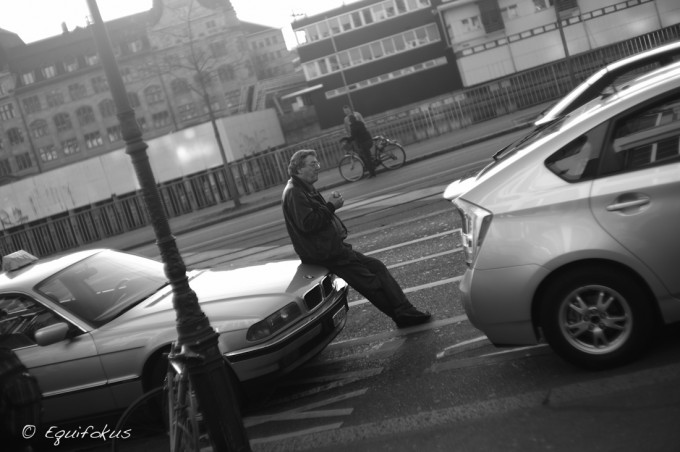
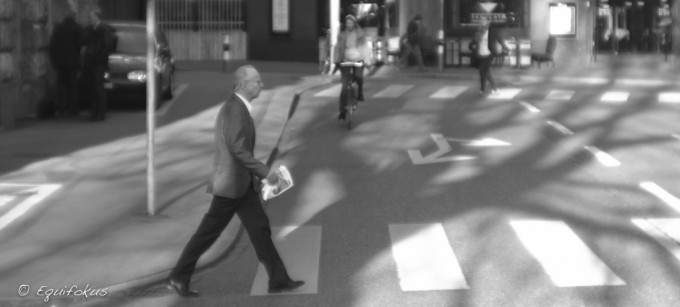



That is an excellent shot, and I agree with you the shots with the Leica are a little too soft… (maybe a little too much)
Hardly a ‘tough crowd’ Jon, this is a forum. I have to assume that if you’re sharing your body of work in a highly public forum like this site, you are inviting feedback. Good, bad or indifferent.
Henk has some amazing images on his Flickr photostream that showcase his photographic talents and the true capabilities of the M9-P.
I however, stand by my earlier comments that putting bad glass on a $10K camera to create soft, washed out images “isn’t for me”.
I am by no means the arbiter of good taste, its just my opinion.
Hi Terry – thanks for the kind words! I dont really know why they didn’t make it – since they were in the archive that I sent to Steve – who knows – he might read this and save the best for last? 🙂
Actually the couple crossing the street is one of these in a “million” – it’s the golden hour – a couple dressed like 50 years ago – having a lens with which one shouldn’t be able to make the shot with all the light and there it is.
I don’t like to push – there are enough maserati’s here to get a clear shot on! 🙂
Hello, Henk.
It is said that beauty is in the eye of the beholder and I enjoyed all the images on the flickr site that you didn’t submit here. I particularly liked the couple crossing the road against the low setting sun, very atmospheric. It brought back to mind some images I took whilst holidaying along the Rhein in 1967, when I shot against the late evening sun.
The guy working in his workshop shows more contrast and shows the Summarit in a positive light and your outdoor shots show it in a more positive light, too. More like how I remember it when shooting film.
The only thing I would have done is push to two pedestrians out of the way so I could grab a close-up of the Maserati!
Hi there – for anyone interested to see the fountain mentioned and others that somehow did not make it here you can check it out here http://www.flickr.com/photos/78625741@N02/
regards,
Henk
Hi, Jason.
Actually, I have two Orion-15’s. The one I used on my 1960’s Contax IIa, I say “used” now as I have gone over to digital fully for convenience and no longer do my own b/w d&p. It does not couple with the IIa’s range finder, though, and focusing is entirely by distance scale.
The second one is in Leica L39 screw mount and does have the range finder cam, although in use on my M3 or M6 via the L39 to M adaptor, I didn’t find this of great practical significance. And of course, on my M3, as with my Contax IIa, I had to use a supplementary viewfinder anyway
Optically, both are supreme performers with film, but I did acquire them many years ago. I’ve just ebayed the lens and 5 are showing by international sellers, but all are in Leica L39 mount, and with asking prices more than I would have guessed. So, perhaps my Contax mount version could be a rare beast indeed!
Jason, just in case you happen to be not aware, the Contax R/f mount is not the same as on the later Contax slr’s produced under the umbrella of Kyocera and you will not, therefore, be able to use these fine old lenses.
Interesting TerryB, especially the Orion which is a lens I am not that familiar with because I have not had a contax mount camera until very recently. Can I ask what R/f body you use that lens on?
Terry’s point about the Jupiter 3 is very true, there can be huge differences between the performance of these lenses so any purchase via ebay is effectively a gamble. You would have more chance of success from Yuri at fedka.com, he was the source of my lens.
Hardcore softness. Have to say it looks better on classic bw film of that time than on digital.
it has the look of a cctv lens
Henk,
The problem with the original1960’s Zeiss Sonnar is it doesn’t come natively with an M mount, and the L39 options are extremely rare. Their modern version does, I believe. So in all likelihood this will rule it out for use with your M. With all the Russian copies of German optics, they were happy to copy Zeiss and Leitz, it seems they often “cross-mounted” them as well. Which is good news as a copy Zeiss design could end up with a Leica L39 mount, a la Jupiter-3, Biogon 28mm as the Orion, and Jupiter branded lenses can be found in 35mm, 85mm and 135mm as copies of the respective Sonnars.
The Contax mount Orion I have is an absolute stunner of a lens used with film. Extremely sharp and with excellent contrast.
As you may know, Contax R/f bodies incorporated the focusing mount and the 50mm lenses are purely bayonet optics with no focusing ability of their own. I’d dearly love to try out my f1.5 Sonnar on my Nex 5N, but Third Party adaptors are thin on the ground and the one I’ve located is quite expensive just to try out one lens.
Looking at Jason’s Jupiter-3 images, though, this looks a cracker of a lens and if you can land on a good one, I doubt it will disappoint.
Hi Henk
That is the beauty of these posts, they serve to inform. A side note on the Jupiter 3, I have experienced no issues with focus shift although like you I have read it reported elsewhere on the internet and believe it to be an issue with some lenses. Other images taken with my Jupiter 3 appeared in this post – http://www.stevehuffphoto.com/2011/12/30/daily-inspiration-302-by-jason-howe/
Thanks for the comments guys. Some of the pictures I send didnt make it I see. These examples were not meant to show off the M9 – i have serious glass work for that. Just getting the lens and shoot to see what it delivers. And for some occasions that could just turn out to be the effect people might be looking for. So this just will help other people in their decision making process.
I didnt get the Sonnar or a Jupiter copy – but just might (thanks Jason) as I was weary for the focus shift reported wide open. I dont like PP – I didnt do that here either.
Philipp, you were right – I saw it there during “window shopping” and could not resist bringing it with me to see how it worked out. Happy shooting and good light!
Ouch. I’ve said it before, I’ll say it again….these forums are tough crowds. I’ve seen so many times where someone’s experimenting or making some comments about something they find enjoyable and/or interesting and then he/she is subject to extensive composition and other critique for their work. As though the photographer ever implied this was a gallery…and as though any of us are gallery jurors. Note that Henk said the ONLY work he did in LR was re-sizing, so perhaps the wonders of post processing could improve the colour saturation of these images the way they do a lot of other stuff. And the whole point is that it’s a lens from the early 50s…if you look at most colour slides from then – even those shot on an M3 with a ‘cron, they have a similar vibe…usually a bit washed out. That’s why a lot of people shoot the old glass on black and white. It’s more than just a wee bit of an apples vs. oranges comparison to imply that using old glass is ‘dumbing down’ an M9, which apparently then should only be shot with the most current aspheric and multicoated lenses. The instagram is always an option. Perhaps shooting the latest glass on an M8 is a waste of time, given its measly 10mp sensor? Forest vs. trees, gents.
Second one looks tilty shifty!
I’m curious to see what this would look like shot on some Portra!
I’ve used this lenses on the m8. Old school rendering really. Though I prefer how my Zeiss glass looks more.
Henk,
I opened your posting just after Jon left the first comment. I don’t like disparaging the work of a fellow photographer, so I simply thought to myself “Not for me” and left it there.
However, I have now read Glen’s thoughtful observations and he’s said what I’d hoped I could say and without upsetting you or causing offence.
The problem is that f1.5/50 Summarit. And so you know , I do actually own one and in my personal opinion it is a sub-par performer. I’ve tried it out on my Nex 5N but won’t waste any more time experimenting with it. I acquired mine in the mid 1980’s when I bought two cameras for my small camera collection: a Leica IIIf with the Summarit, and a Zeiss Contax IIa with a f1.5/50 Sonnar.
It flares badly, is very soft wide open, but does improve on stopping down as all old optical designs do, but it always gives desaturated colours even in sunlight. The best lens/film combination for me I found was Fuji Reala where the Summarit’s otherwise desaturated colours worked extremely well with skin tones. But as an all-purpose fast aperture lens, it left something to be desired.
It should be remembered that Leitz did not have an in-house fast optic initially, they used the Schneider Xenon, on which the Summarit is, I believe, loosely based. As a consequence of the excellence of the Zeiss f1.5 Sonnar, many of these were converted to M mount by those who simply had to have a quality fast lens, and the Sonnar delivered.
If you persevere with your Summarit, you could try using it stopped down, but do get a lens hood for it. Unfortunately, the bespoke Leitz one, whilst they are rare and can occasionally be found on ebay, they go for ridiculous prices. It is a non-standard mount so you won’t be able to get an exact fit screw-in type, either. I used a cheap collapsible rubber version and used a little rubber adhesive to hold it in place.
I do apologise if I appear to be too negative, but this is directed at the lens, not you!
What fountain?
I have to say I’m a little torn here too. I nearly bought this lens a couple of week ago on ebay, I like the images but they are just too soft for me.
I really enjoy using vintage glass on my M9 because you can get some great results, here is an example of the Jupiter 3 on the M9 which perhaps has the character you seek but retains sharpness – http://www.flickr.com/photos/52590822@N05/6859412103/in/photostream
Thanks for sharing your images, Jason
Nice to see other people taking pictures of Zürich 🙂 And then even more taking them with the 1.5 Summarit 🙂 You probably got it at the same place I got mine at Rennweg in Zürich, Henk 🙂
I like the lens as well, I just wish it would be a little bit less soft wide open. But it is heavy, sturdy and smooth as silk. I usually use it on my M6, as its character works great with film, but looking at your photos makes he think, I should mount it to the M9 again 🙂
And you got some great shots of our little big city here, thank you for showing them!
What I really enjoy about Steve’s site, is that contributors like yourself offer different perspectives on photography and different styles and methods of capturing an image.
With that said, for me, taking one of the world’s best cameras (an M9-P) and dummying down its image quality with an old lens that creates photos comparable to what my iPhone takes with Instagram does not do the camera justice or make for a compelling image.
Even after Lightroom, colors seem flat and focus seems soft, if not out-of-focus on most of the images.
I sincerely appreciate your creative process and its given me yet another perspective on photographic style … this one just isn’t for me.
Awesome Henk! I also recently acquired a 50mm Summarit f1.5 and am using it on my M9 and my film MP. Some people complain about it – callling it a ‘poor man’s Summilux’, but I really like its character. A lot of older lenses are claimed to have ‘vintage rendering’ but I think it’s sometimes confirmation bias based on our pre-existing knowledge of the age of the lens…we want to believe it looks different because it’s older. But I’ve found that in the case of the 50 1.5, it’s definitely true. That ‘Van Gogh’-like, Schneider Xenon bokeh is quite distinctive and the lens is sharp in the centre but immediately radiates outward in swirly softness. Your first two photos show that in spades…classic. You beat me to it in submitting a review! I have a chance now to get a new Summilux 50 1.4 Asph and don’t know if I want to let the Summarit go to help pay for it. The majority of Summarit 50 1.5s are M39/Leica thread mount (mine is…there are a few M mount ones as well) but that’s easily dealt with with an adapter ring…for readers, a good adapter ring is the Voigtlander Type II…the Type 1 rings (and their various copies) have a slight cutaway which allows for movement of infinity lock tabs, but the Summarit doesn’t need that clearance….and if you use the Type 1 adapter ring on the M9, the lens coding/reader sensor is actually left exposed and I prefer to have it covered. My only additional caution for readers would be that I think the use of a hood with this lens is mandatory…it exhibits a massive amount of flare…just having glancing light anywhere near it will cause it to flare (albeit sometimes to a positive effect!). And for those out there wanting to buy one, look for the cleanest copy you can get, or expect to invest in a CLA to clean up the fog. And like all older Leica glass, these ones are particularly prone to coming with ‘cleaning marks’. The aperture ring also works in reverse on this lens, which is bizarre.
There’s so much cool old Leica glass out there….let’s keep these reviews coming! Thanks again Henk, and great photos too!